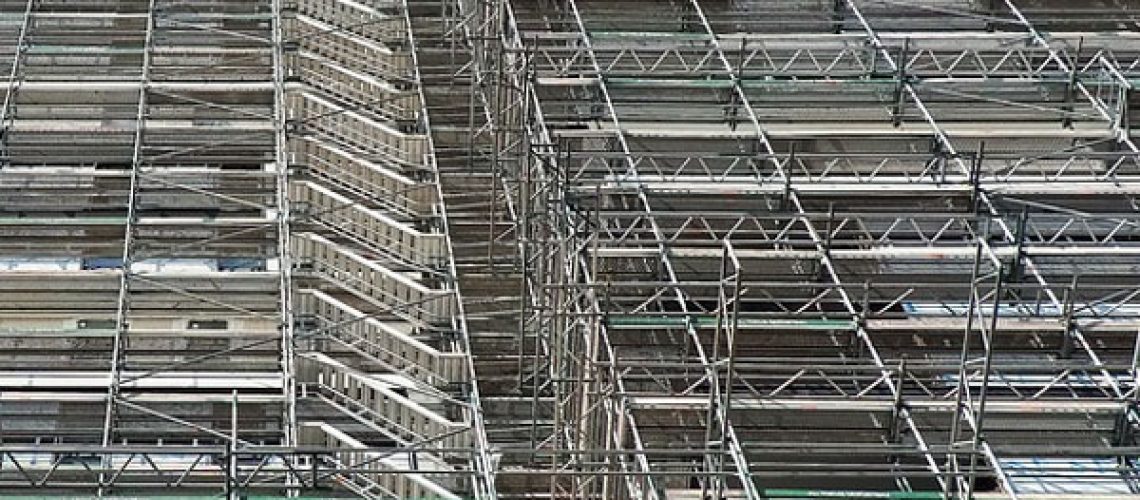If you have ever been to a large city, one of the first things you will always notice is the height of those incredible skyscrapers. It has always been a great concern of mine to think about those who have to wash those windows, and on December 7, 2007, the reason for my concern became the reality of Alcides Moreno and his family.
With the New York City temperature settling around freezing that morning, it seemed like a normal winter day where Mr. Moreno and his brother Edgar would soon get to work. Unfortunately, disaster struck when the two men stepped out onto the platform and the cables “slipped from their attachment point”. This resulted in the platform the men were standing on falling from its anchored point and sending them down by the force of gravity. Edgar Moreno fell 472 feet down into an alley below and landed upon a wooden fence. I’m sure I don’t need to go into any details for you to understand that this was a horrific scene for the paramedics to find when they finally got to the brothers.
Alcides Moreno stated that his brother’s side of the platform slipped first, which is what sent him to the pavement below. By the time his side released as well, the platform was in freefall. It is estimated that Edgar reached speeds of around 120 miles per hour by the time he had reached the end of his, unfortunately fatal, fall. What was possibly even more incredible, however, was the fact that when first responders arrived, they found Alcides still breathing and conscious. He was crouching and still holding onto the controls to the scaffolding. He had already attempted to stand up but was unsuccessful. This is not surprising considering when he arrived at the hospital, he was put into a medically induced coma to allow the doctors to be dealing with his multiple injuries. These included brain injuries, a spinal column injury, and fractures to his ribs, right arm, and both legs. He also had injuries to his chest and abdomen. Yet somehow, Mr. Moreno had survived.
A fall from the top of a New York City skyscraper while preparing for a day of window washing with his brother, who perished, saw Mr. Moreno receive extensive injuries and having to receive twenty-four pints of blood while he recovered. Mr. Moreno had to be placed in a medically induced coma and even have a catheter inserted in his brain due to heavy swelling. Against all odds, however, he woke up on Christmas day after plummeting 472 feet down the side of a building with nothing but the window washing platform to break his fall.
One major obstacle for Mr. Moreno in regards to compensation was the fact that he and his brother were not wearing their safety harnesses or lifelines. These were found on the roof of the building that they were going to begin cleaning along with a bucket of soap and water next to the rest of the rigging for the platform. Eventually, lawyers and accident investigators concluded that because neither Alcides nor his brother Edgar had retrieved the rest of their window washing equipment, this was not a reason to believe that they were negligent and refusing to use them. It was also found that the scaffolding had not been properly maintained and that the new motorized cables had not been anchored properly, which contributed to the platform coming loose and seriously injuring Alcides and killing his brother.
These findings allowed Mr. Moreno to not only collect worker’s compensation but also to sue the scaffolding company. It is reported that Edgar’s family received $2.5 million in damages and Alcides received more. He and his now four children, along with his wife, moved to Arizona.
While this story is incredible, it also is not over. The families of both Alcides and Edgar, after going through such a traumatic experience, had to deal with a large amount of litigation and find a way to successfully navigate the New York worker’s compensation laws. This is something that shows a big difference in the rules and regulations from state to state when it comes to worker’s comp.
While unfortunately, Edgar Moreno was fatally harmed, his brother Alcides miraculously survived by holding onto the control panel and riding the platform down. After being released from the hospital and beginning rehabilitation, Alcides began the process of suing the scaffolding company who was found to be liable for both his injuries and the death of his brother.
Very often when someone is injured on the job, they are told that the only claim they can put forth is one of worker’s compensation. This is generally the rule. However, in some cases, you are able to sue a third party. This is the case if a product was defective or if the injury was brought about by a toxic substance. Generally, this is not something that is pursued however in a case such as Mr. Moreno’s it made sense. Worker’s compensation does not cover for things such as pain and suffering, which the Moreno family clearly experienced. Even today, Alcides states that he feels only around eighty percent of his old self and cannot work now.
In many states, suing a third-party company for damages like Mr. Moreno did bring about their own complications. In the event of a win for the case, most states will require the plaintiff to use the money they have won to reimburse the worker’s compensation payments made on their behalf. If the injured party has received more than was paid for them, they may keep the difference. This is understood to be compensated for pain and suffering along with any other disabilities that may continue due to the accident. New York and North Carolina both have this law.
Since Mr. Moreno’s accident, he has welcomed another child into the world and also now walks for charity. A couple of years ago, he finished a three-mile walk in less than an hour. It truly is remarkable that he was able to survive and those of us at Collier wish him all the best in his continued recovery.

